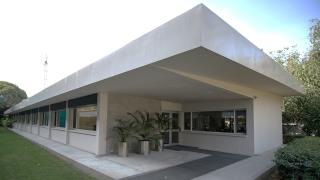Waste heat power generation (WHPG) has become an increasingly attractive option for cement producers seeking to reduce net energy consumption, enhance sustainablity and remain competitive. While evaluating the installation of a WHPG system in terms of energy costs savings is a primary consideration, it is also crucial to ensure the system integrates seamlessly with the cement production process and is adapted to meet the individual characteristics of each plant. By JFE Engineering Corp, Japan.
Depending on the intrinsic characteristics of each cement plant, waste heat power generation systems are capable of supplying 20-25 per cent of a line’s total electricity needs. WHPG systems have therefore been welcomed by the industry and are considered one of the key ways of improving a plant’s energy efficiency.
WHPG systems are primarily evaluated for their power generation potential and costs for these systems are expressed in E/kWh. However, while it is important to maximise the project’s ROI through energy cost savings, it is also crucial to ensure that the WHPG system operates reliably over a long period of time, in line with design parameters and with a high availability.
